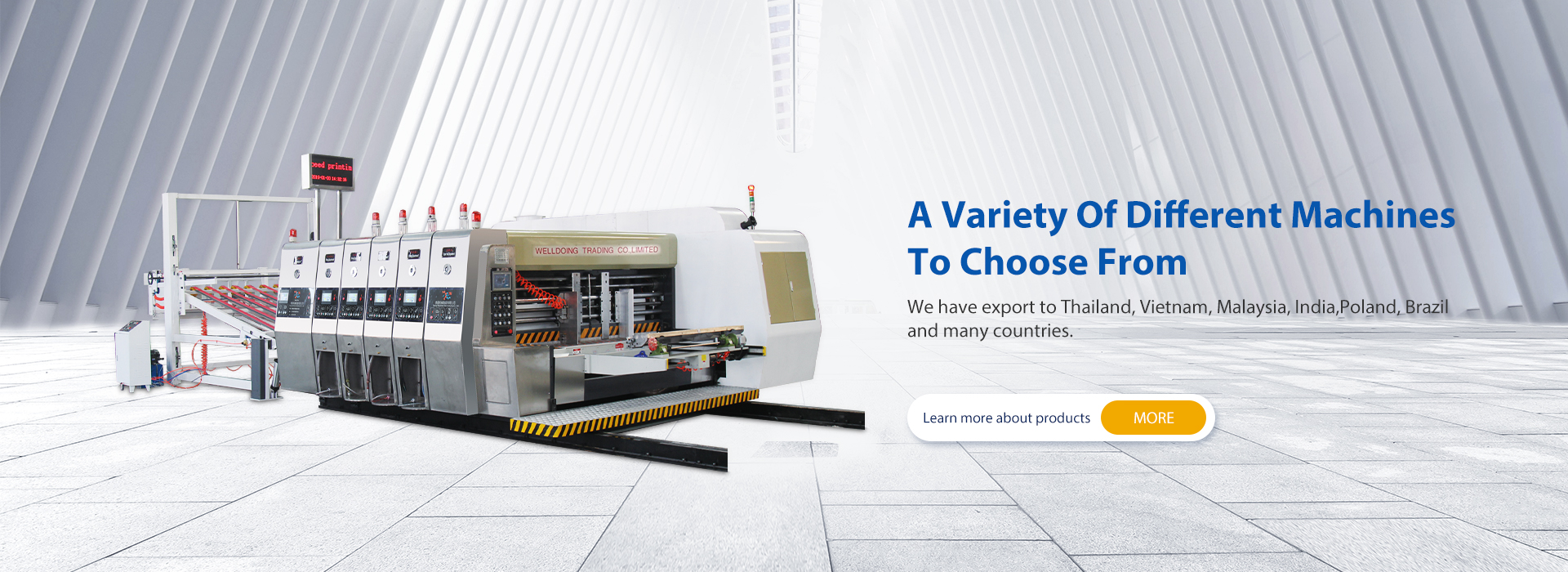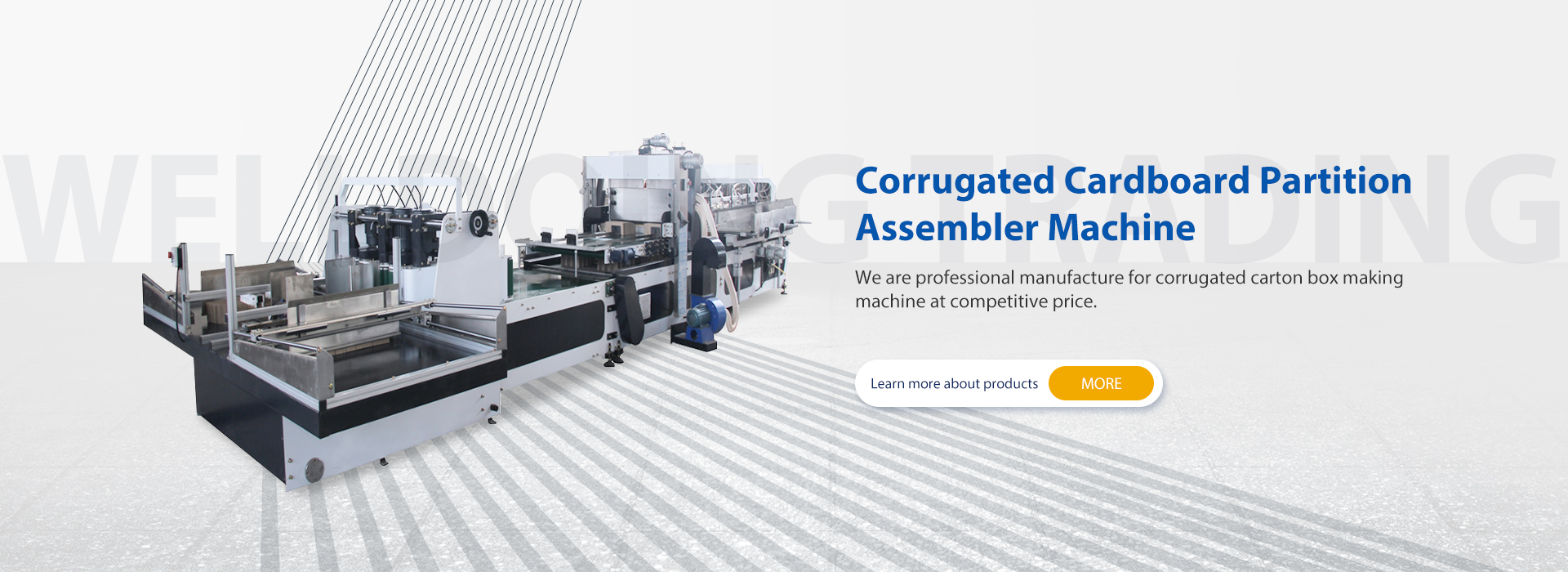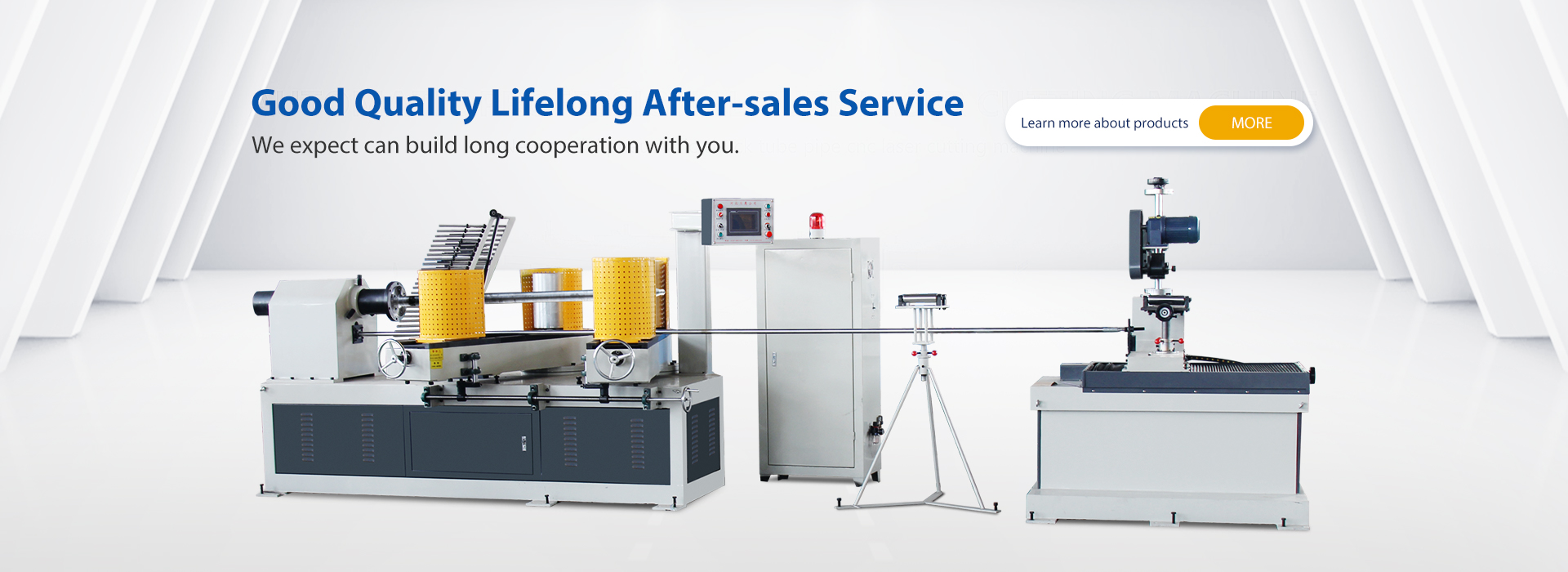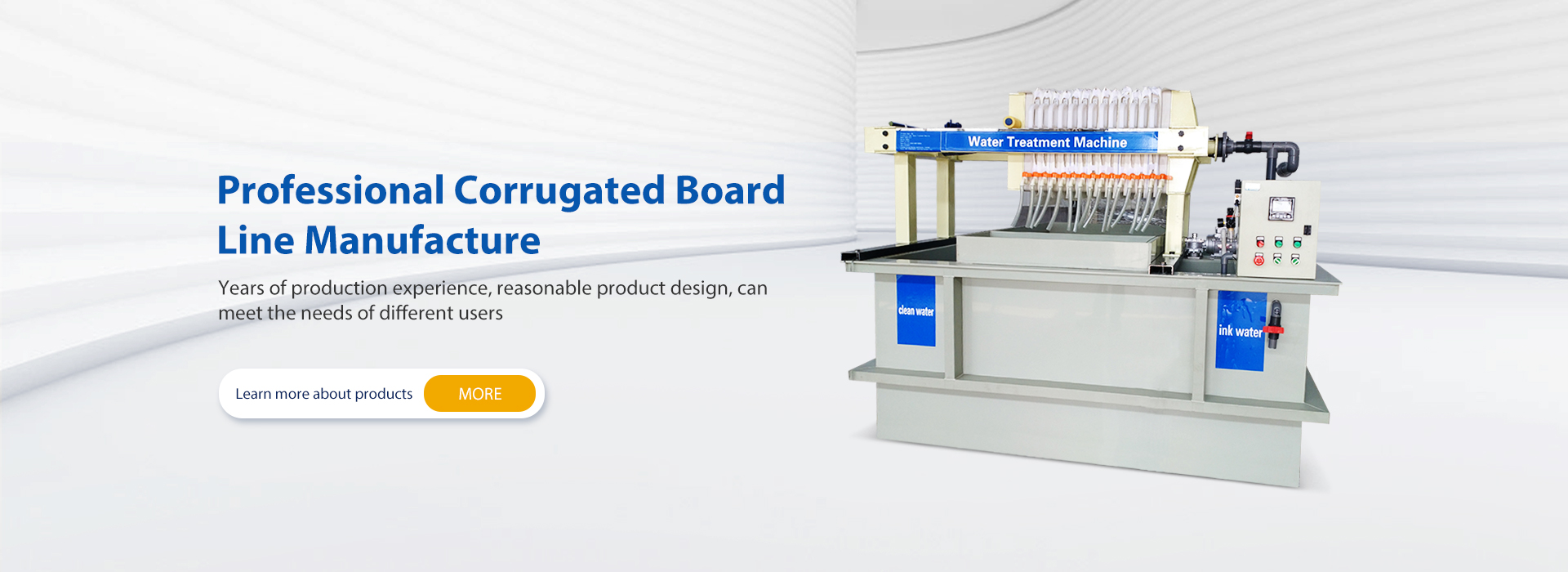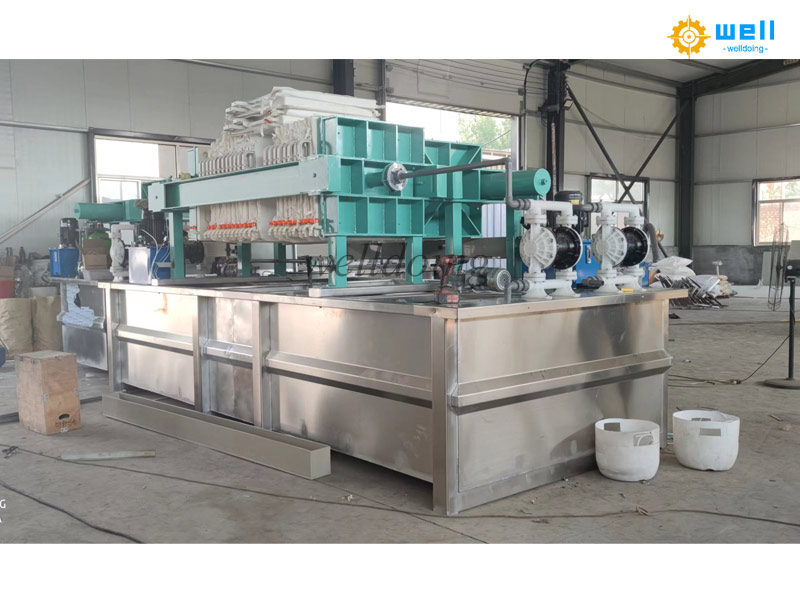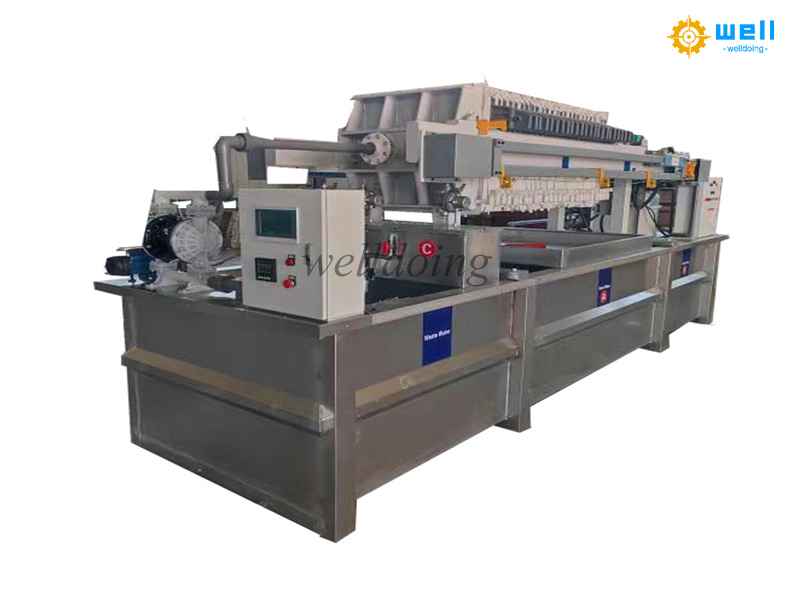1、 Processing technology and ink printing wastewater treatment machine
Coagulation and sedimentation equipment
Process principle: Add coagulants such as polyaluminum chloride (PAC), polyferric sulfate (PFS), etc. to ink wastewater. Through the hydrolysis and polymerization reactions of coagulants, the suspended particles and colloidal substances in the wastewater are stabilized, forming larger flocs. These flocs settle to the bottom of the pool under the action of gravity, thus achieving the purpose of separation.
Equipment composition: mainly including coagulation reaction tank and sedimentation tank. The coagulation reaction tank is usually equipped with a stirring device, which is used to quickly and evenly mix the coagulant and sewage, so that the reaction can proceed fully. The stirring speed is generally controlled within an appropriate range, for example, during mechanical stirring, the speed is around 100-300 revolutions per minute to ensure sufficient contact time between the coagulant and ink particles. The sedimentation tank can be a horizontal flow, vertical flow, or radial flow type, such as a horizontal flow sedimentation tank. The residence time of sewage in the tank is generally 1-3 hours to ensure complete settling of flocs.
Air flotation equipment
Process principle: A large number of tiny bubbles are introduced into the ink wastewater, causing suspended particles in the wastewater to adhere to the bubbles and float to the water surface with the bubbles. Then, the floating slag is removed by a scraping device. Air flotation equipment has a good effect on removing hydrophobic substances from ink wastewater.
Equipment composition: mainly includes a dissolved gas system, a release system, and a separation zone. The dissolved air system dissolves air in water through an air compressor to form dissolved air water. The release system releases the dissolved water at an appropriate pressure, producing tiny bubbles with a diameter generally around 20-50 microns. The separation zone is the area where suspended particles in sewage combine with bubbles and float up. It is usually equipped with a scraper to scrape the floating slag into the collection tank.
Filtering equipment
Process principle: Use filtering media (such as quartz sand, activated carbon, filter cloth, etc.) to intercept residual impurities in ink wastewater and further purify the wastewater. Filtering equipment can effectively remove small particles and some dissolved organic matter from wastewater.
Equipment composition: Common types include sand filters, activated carbon filters, and precision filters. The sand filter uses quartz sand as the filtering medium, with particle diameters ranging from 0.5-1.2mm. Wastewater flows through the sand layer from top to bottom, and impurities are removed through interception. Activated carbon filters utilize the adsorption effect of activated carbon to adsorb organic matter and pigments in wastewater, and the size of activated carbon particles filled inside is around 2-5mm. Precision filters typically use filter membranes, such as microfiltration membranes (pore size 0.1-10 μ m) or ultrafiltration membranes (pore size 0.001-0.1 μ m), which can filter wastewater with high precision.
If you are also interested in this machine,please don’t hesitate to contact us:
Overseas manager: Tom Wang
Email:cartonmachine.tomwang@aliyun.com
Phone/Wechat/Whatsapp:+86 13303078975
Post time: Feb-17-2025

